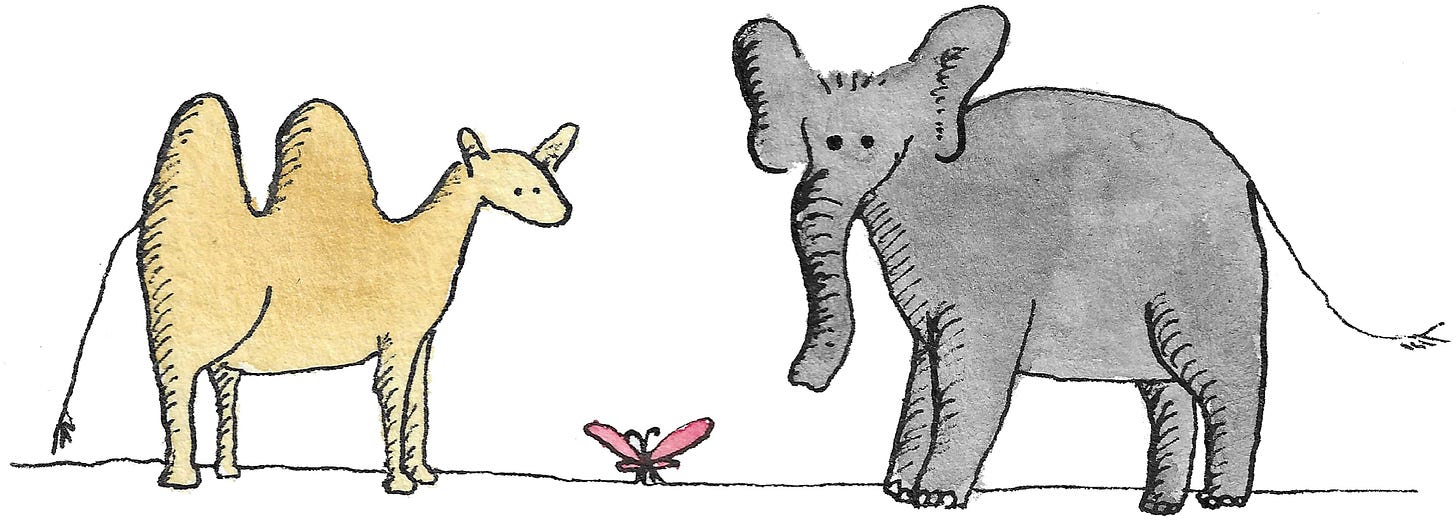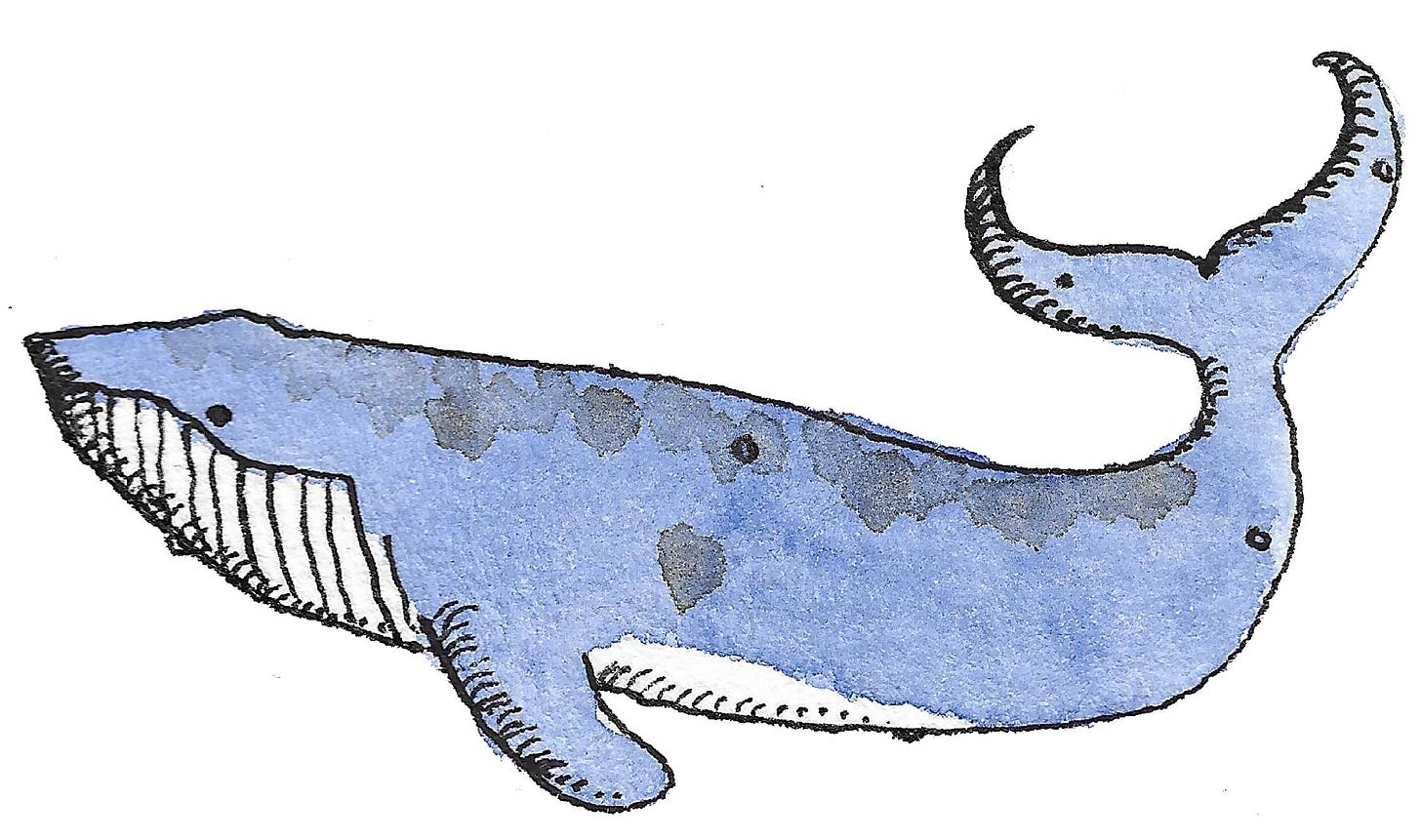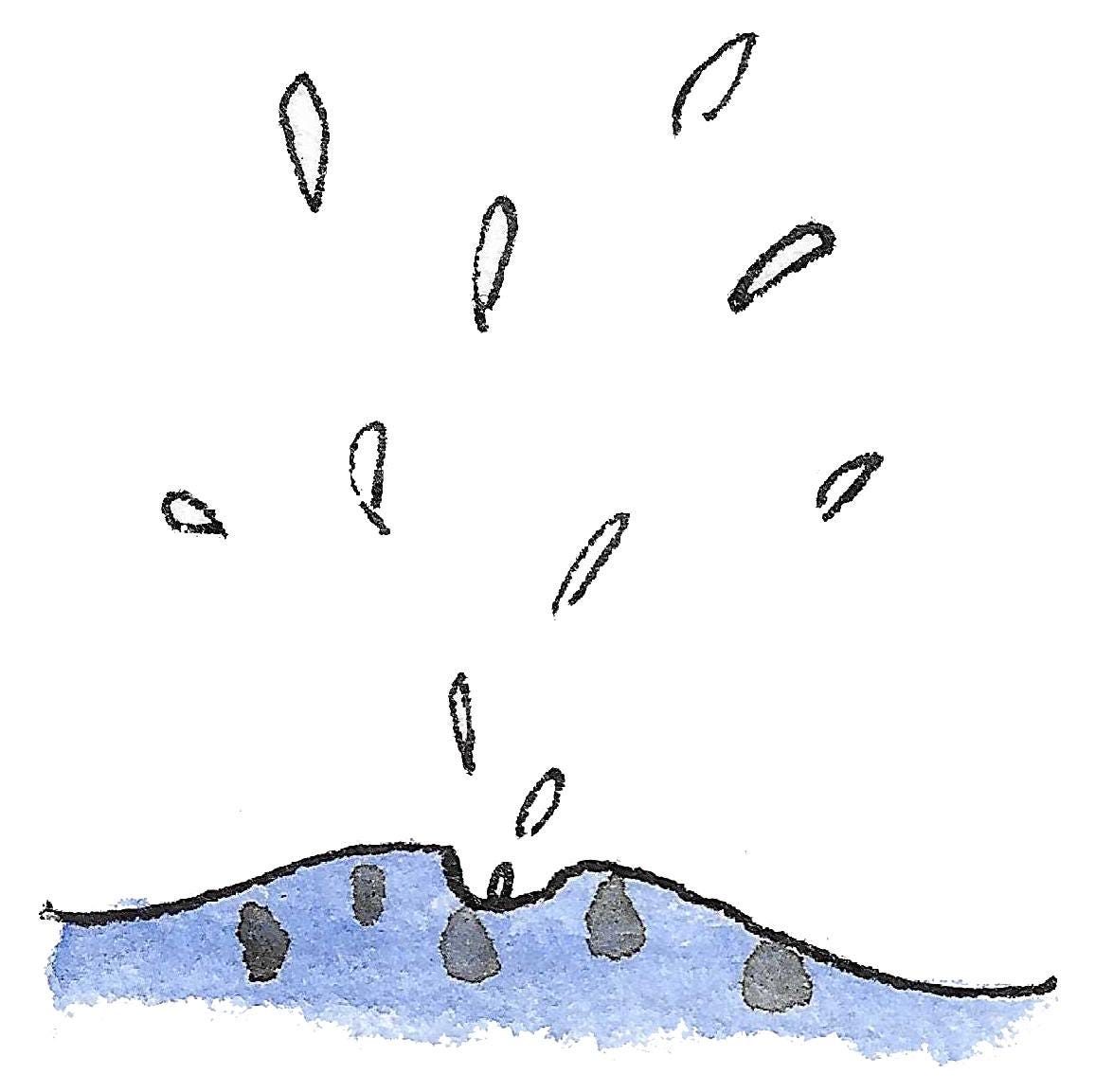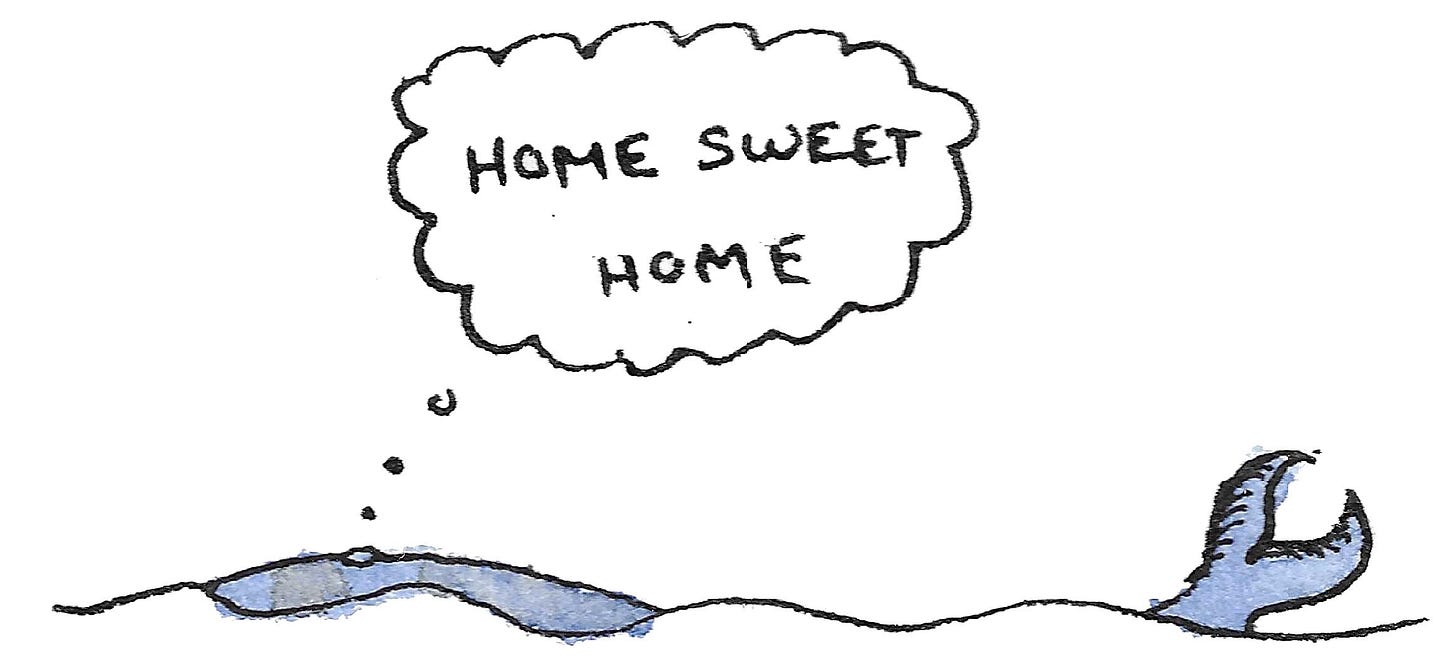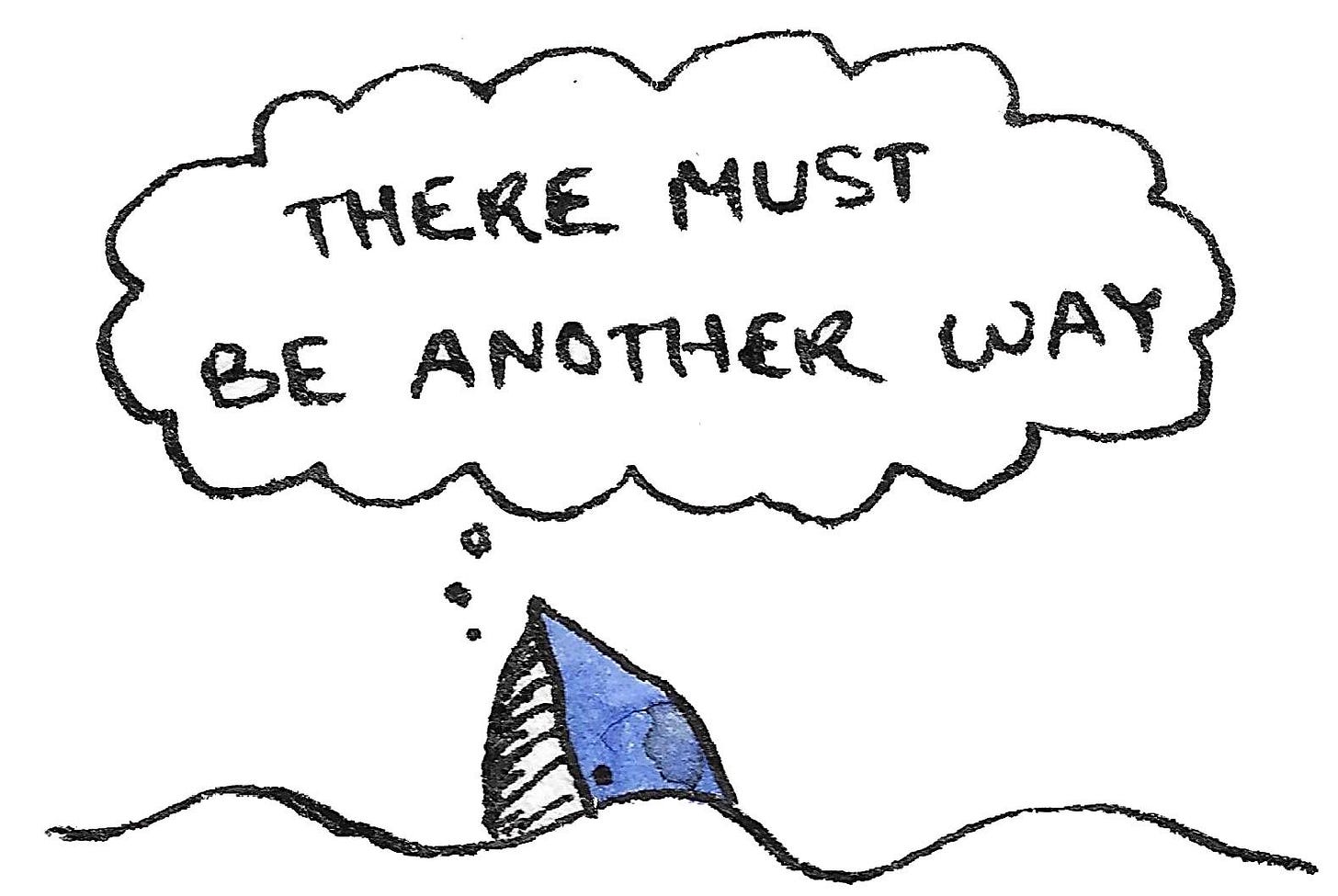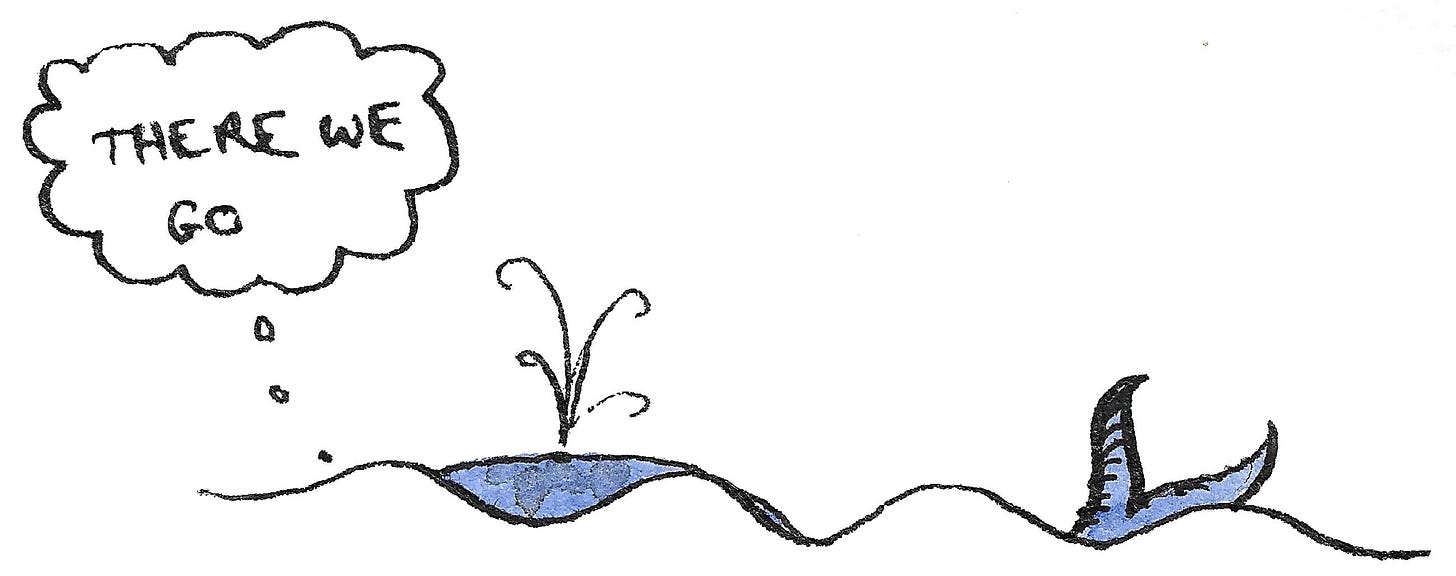There’s a group of animals that don’t get the attention they deserve after most people reach the age of ten.
I’m referring to animals like camels and butterflies and elephants and chameleons and giraffes and, yes, whales. These animals make up a significant part of small children’s lives. We’re taught that camels have humps to store fat so they don’t have to eat for a long time, and that elephants have a very long nose which they use basically as a hand, and that chameleons change color, etc. And we’re fascinated by these things.
And then, I guess because we get so used to them, we stop talking about how cool they are. At this point, less familiar animals take center stage, and sloths with their accompanying algae, and venomous platypuses, and birds of paradise become all the rage.
Now, as is maybe obvious from this newsletter that’s been running for two years (!), I like all animals, including the sloths and the platypuses and the birds of paradise, because they, too, are weird and fascinating. But let’s not forget our old friends who lined picture books and alphabet posters, and today, let’s talk about whales.
Whales are weird for many reasons, and I’ll probably end up writing another story about them. But today, I want to focus on one of their most recognizable features: their nostrils.
“But Viola, whales don’t have nostrils,” you might complain. “They have no noses! How can they have nostrils?”
That is a very good question, and one I had never even thought to ask until about half an hour ago when I started researching whales. More precisely, I was researching blowholes, because they’re weird and also I was trying to remember the scientific term for whales spouting water out of them (no luck yet).
But, though my initial research proved fruitless, I am very happy with the final results. Because, dear readers, the blowhole is the nostrils.
Yes, the famous hole that allows us to spot whales from far away is their nostrils.
Which is on their backs.
Which is weird.
Let’s look into this a bit more.
Whales and other cetaceans have a very strange evolutionary history. As you probably know, they are mammals, and are related to hippopotamuses (another forgotten animal from childhood). This means that, like other mammals, they first lived in the oceans, and then gradually evolved to live on land. But then they changed their minds and went back to live in the water, which means they had to re-adapt for an aquatic lifestyle.
This explains why they can’t breathe water, like fish: because they used to live on land, their whole respiratory system was based on breathing air. Apparently, several million years is still not enough time to re-evolve water breathing, and so instead they came up with a different system: they can just hold their breaths for a very long time.
But while they can hold their breaths for astonishingly long periods of time, they still have to come up for air. And this is where the blowhole comes in.
Imagine you’re a whale, and you are very long and very big and not super acrobatic. If you had nostrils on your face, as most mammals do, you’d have to change your swimming movement to stick your head up out of the water to breathe. Once in a while, that would be fine, but in the long run it’s not very efficient.
But what if you could just swim closer to the surface and stick your back out? Your motion wouldn’t change much, you’d still be mostly underwater, and everything would be much more energy-efficient.
And that’s what they’ve done. Whales’ nostrils have migrated to their backs to allow them to breathe more effortlessly. So when you see a spout of water, that’s just a whale clearing its nostrils as it exhales.
What’s really weird is that this nostril migration happens during embryonic and fetal development. Which means that every whale embryo originally has nostrils on its head, close to its mouth, like most mammals. But then, as the fetus develops, the nostrils get farther and farther away, until they’re on the whale’s back. This isn’t quite as weird as flatfishes’ eyes migrating when they go through puberty, but it’s still pretty weird.
So yeah. Whale spouts are essentially whales blowing their noses. Except it’s not their noses, it’s their backs. Because whales don’t really have noses, but they do have nostrils. Which just goes to show that what’s bizarre for one species is perfectly normal for another.



